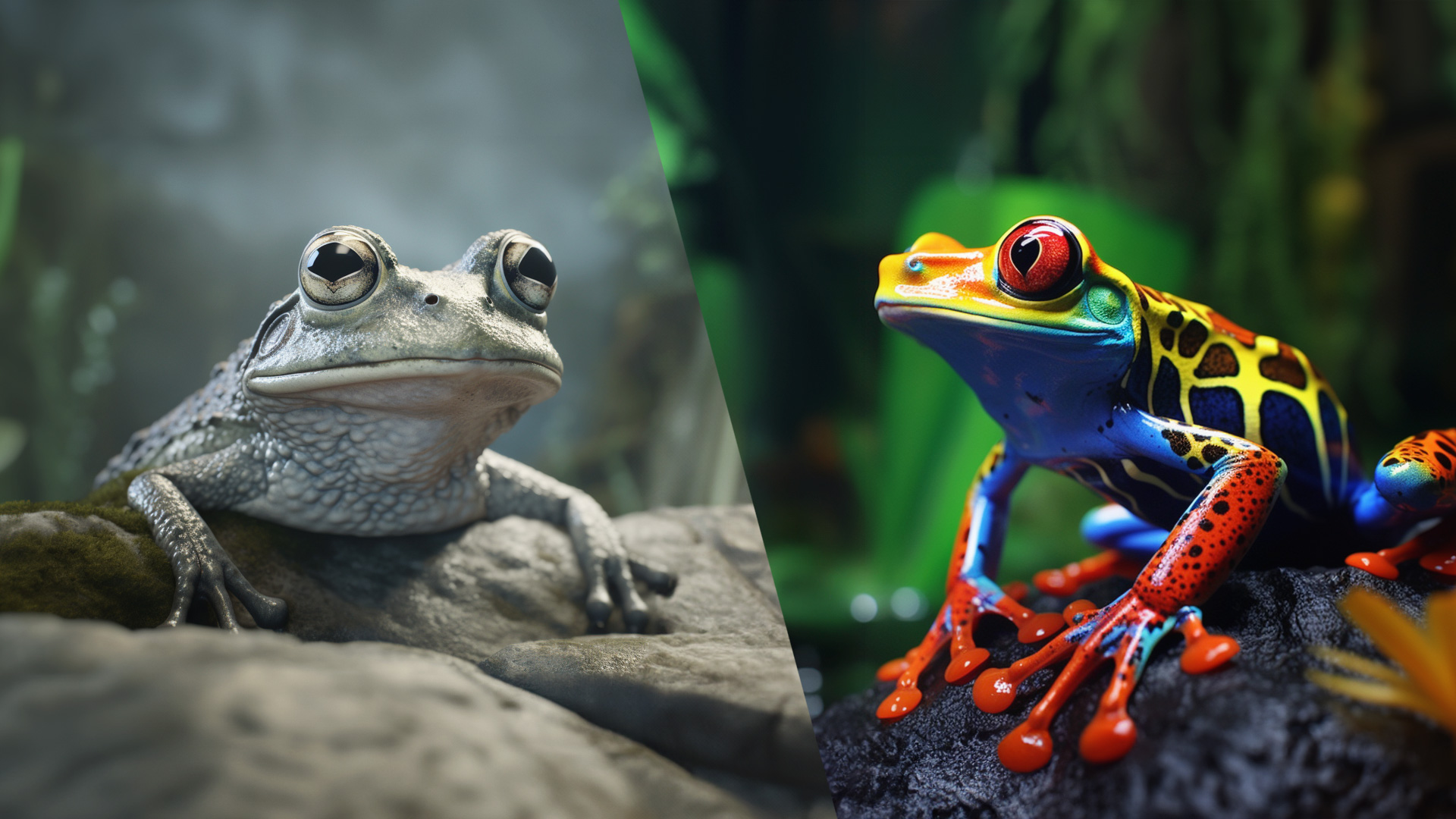Tag: Evolutionary Biology
-

Antifragility
Nassim Nicholas Taleb’s antifragility describes systems that gain from stress, differentiating from mere resilience. This principle, applicable from biological to economic systems, underscores growth and adaptation amidst volatility and unpredictability.
-

Facultative Adaptation
In the realm of biology, facultative adaptation refers to short-term, reversible changes organisms exhibit when faced with specific environmental signals. This adaptability distinguishes them from more permanent genetic modifications.
-

Lindy Effect
Originating from patterns noted at Lindy’s restaurant in New York, the Lindy Effect theorizes that the future lifespan of enduring entities, such as ideas, correlates with their current age. This concept offers a perspective on understanding persistence across various domains, from literature to technology.
-

Batesian Mimicry
In Batesian Mimicry, a harmless species evolves to resemble a harmful one, thereby deterring predators. First articulated in 19th-century scientific research, this form of mimicry is governed by natural selection and frequently manifests in regions of high ecological diversity.
-

Müllerian Mimicry
In Müllerian mimicry, various harmful or unpalatable species come to resemble each other, amplifying mutual protection against predators. This adaptation arises from evolutionary pressures and has substantial impact on ecosystems and species interactions.
-

Character Displacement
In the realm of evolution, character displacement describes how closely related species differentiate to reduce competition within shared environments. This phenomenon, seen in diverse species like Galápagos finches, emerges chiefly from the challenges of resource competition and niche definition.
-

Punctuated Equilibrium
Punctuated Equilibrium, introduced by Gould and Eldredge in 1972, proposes that species evolution features long periods of stability, punctuated by brief, rapid changes. Supported by fossil record patterns, it contrasts with traditional views of continuous, gradual evolution and has influenced multiple academic fields.

